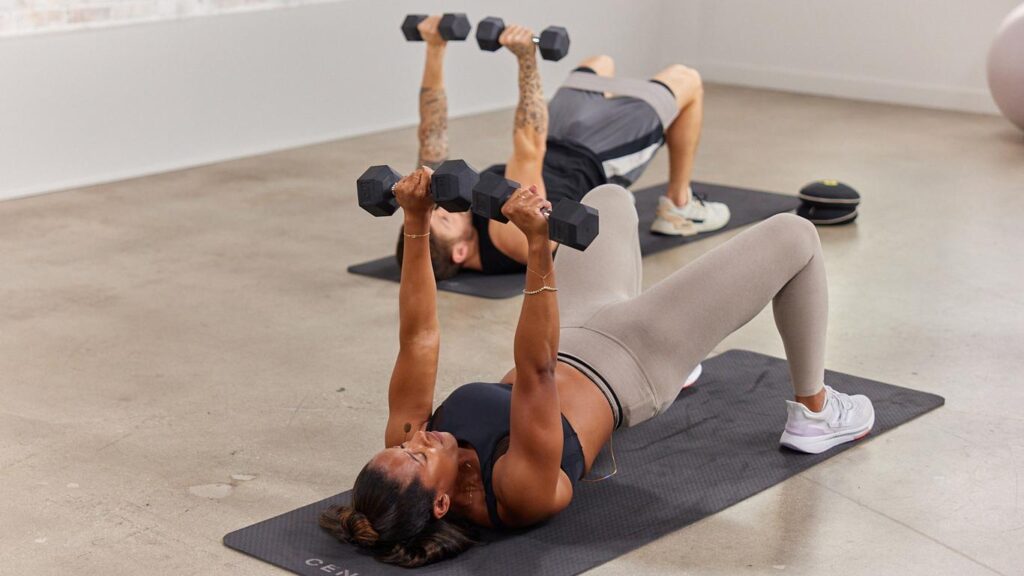Revolutionizing Athletic Performance: The Role of Functional Training
In the dynamic realm of sports science, functional training has become a cornerstone for athletic enhancement, offering promising benefits across various sports. A recent comprehensive review featured in Frontiers examines how functional training influences essential athletic skills such as sprinting, jumping, and overall movement efficiency. As specialized training methods gain traction, both athletes and coaches are increasingly looking for data-driven insights to understand how these approaches can lead to superior performance on the field or track.this article explores the review’s findings on how customized functional training programs can elevate athletic performance while minimizing injury risks, ultimately transforming strategies for developing elite athletes across multiple disciplines.
Functional Training’s Influence on Sprinting Performance
The latest research underscores the significant advantages of incorporating functional training into elite athletes’ routines, especially regarding their sprinting abilities. This method emphasizes exercises that replicate real-life movements to enhance not just strength but also agility and coordination. Athletes who adopt functional training have reported significant improvements in critical performance indicators such as:
- Acceleration: Improved initial speed and explosive power during sprints.
- Endurance: Enhanced stamina allowing sustained high speeds over extended distances.
- Agility: Increased efficiency in movement and rapid directional shifts during sprints.
A thorough analysis of various studies indicates that functional training highlights the synergy among different muscle groups. This comprehensive approach not only boosts physical capabilities but also lowers injury risks, keeping athletes at their best. Notable findings include:
| Training Focus | Functional Training Approach | ||||||||||||||||
|---|---|---|---|---|---|---|---|---|---|---|---|---|---|---|---|---|---|
| Main Emphasis | Mimicking movement patterns with integrated muscle use | Solely targeting individual muscle groups | |||||||||||||||
| Athletic Advancement Potential | Diverse enhancements across multiple attributes | Narrow focus on specific skills td > tr >< tr >< td > injury Prevention Rate td >< td > Higher due to improved overall balance td >< td > Lower; increased risk from muscular imbalances td > tr > tbody > table >
| Research Study th > | Jump Enhancement (%) th > | Injury Decrease (%) th > < / tr > < / thead > |
|---|---|---|
| Research A td > | 15% td > | 25% td /> / tr > |
| Research B | 20% | 30% |
| Training Modality | Sprinting Improvement (%) | Jump Height Improvement (%) | Injury Reduction (%) |
| Plyometric Regimen | % | |
| /Resistance Regimen /b12/b/% /b15/b/% /b25/b/% /tr/> | ||

